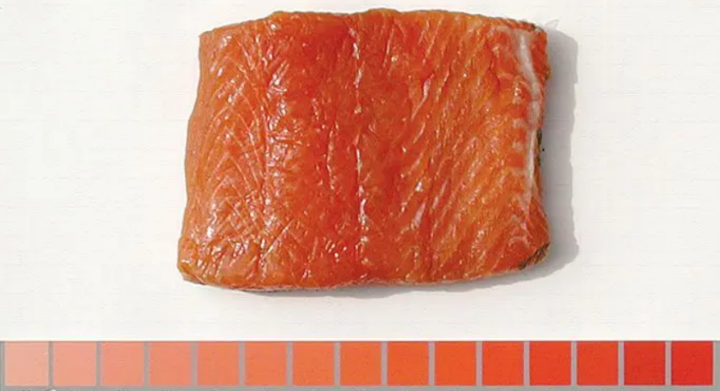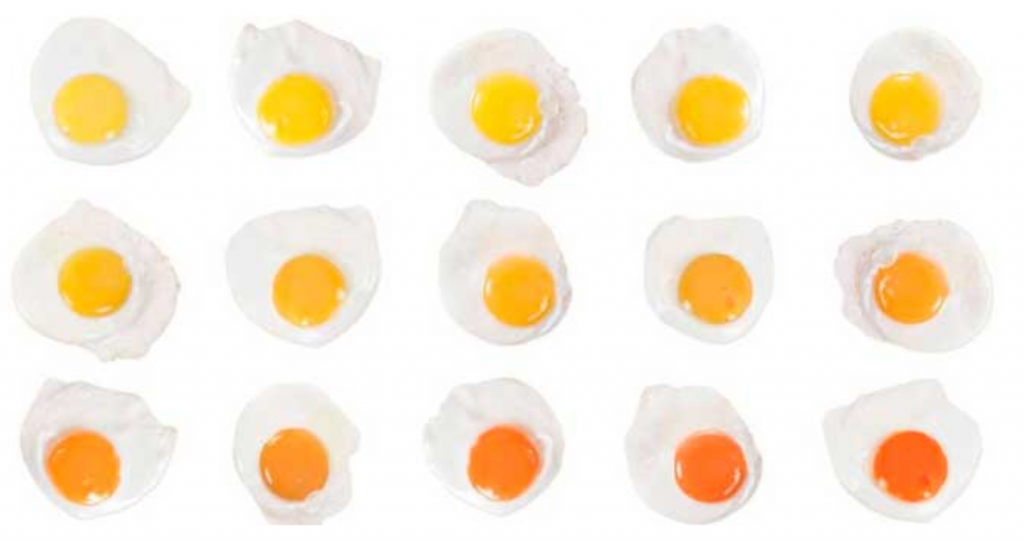> Industry & Business
Feed grade colourants
In animal feeds, two types of ingredients can be supplemented: colourants to satisfy pet owners and animals, and pigments to satisfy consumers.
Colourants are substances that add or restore colour in feedingstuffs. In the European Union, tartrazine, a yellow colourant, is authorised in feeds for cats, dogs, small rodents, grain-eating ornamental birds, and ornamental fishes. For cats and dogs, feed manufacturers can also use norbixin potassium salt.
Some colourants, when fed to animals, add colours to foods of animal origin. In many regions, broiler skin colour is perceived as a sign of quality by the consumer. It is associated with freshness and integrity. Skin pigmentation is produced by carotenoids, naturally present in some raw materials such as corn. Carotenoids play various physiological roles including antioxidant activities. Egg colour is also a sign of quality as transfer and deposition of nutrients in the egg can be impaired in unhealthy animals.
In the European Union, some colourants are authorised in feeds for broilers and laying hens: saponified paprika extract (capsanthin), ethyl ester of β-apo-8’- carotenoic acid, canthaxanthin, and extracts of Tagetes erecta rich in lutein/zeaxanthin. Mexican marigold is a traditional pigment used in animal diets (https://www.feedipedia.org/node/90)
Quality of salmonids (salmon, trout) can also be perceived by the colour of the flesh. In feeds for fishes and crustaceans, a limited number of colouring agents are authorised: astaxanthin, astaxanthin dimethyldisuccinate, and red carotenoid rich Paracoccus carotinifaciens.

Synthetic colourants aim to be less reactive than natural forms, quite unstable in the processes of feed manufacturing, transportation and storage. As colourants are ingredients which are sensitive to oxidation, their mixture with other feed additives requires careful combination. Water-soluble sources of trace minerals, such as sulfates and some chelates, may reduce the stability of carotenoids in the premix and in the feed.

